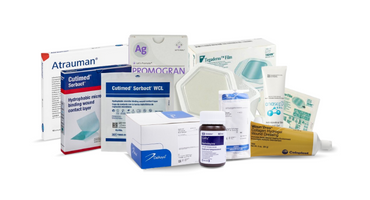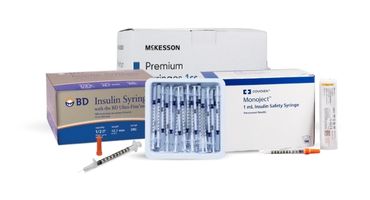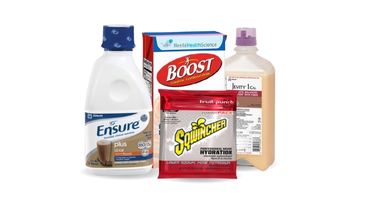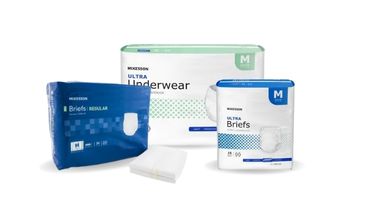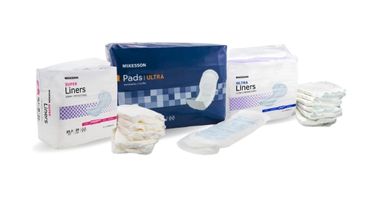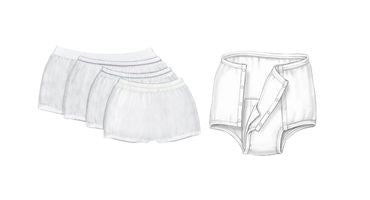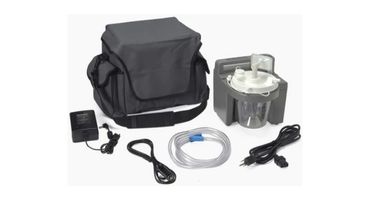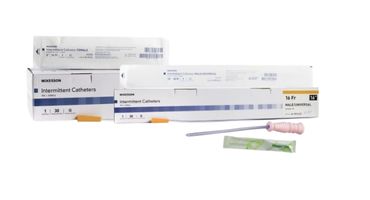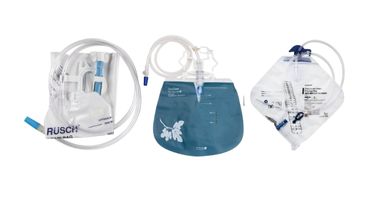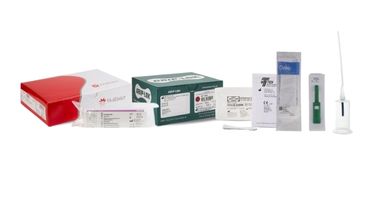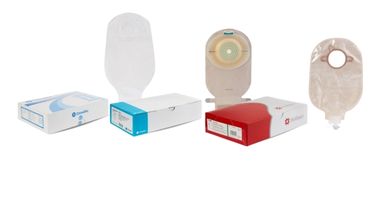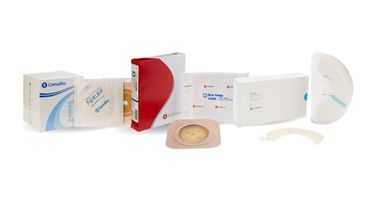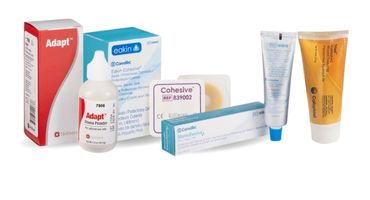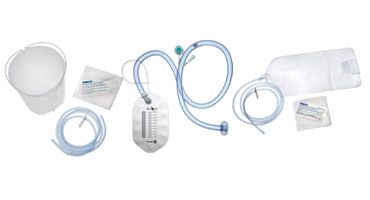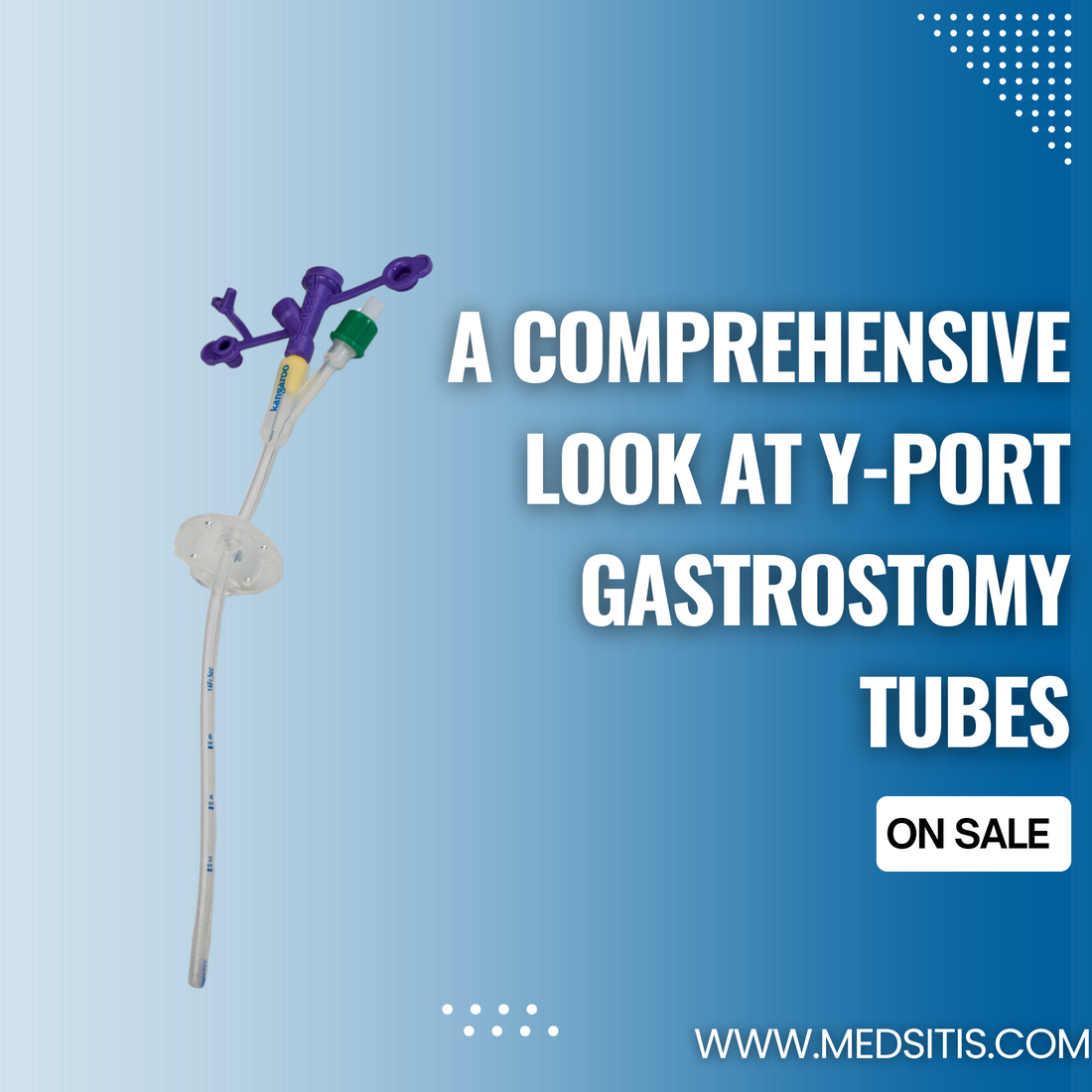In the ever-evolving landscape of patient care, selecting the right feeding solution is crucial for optimizing patient outcomes and enhancing quality of life. Y-port gastrostomy tubes, such as the Kangaroo gastrostomy tubes, offer a reliable option for those requiring enteral feeding, providing a vital lifeline to nutrition. With the 20FR feeding tube size, healthcare professionals can tailor their approach to meet diverse patient needs, ensuring effective and comfortable delivery of nutrients. This article delves into the benefits of feeding tubes, emphasizing their role in patient nutrition and the practicality of gastrostomy care. Join us as we explore how these feeding solutions can serve as a dependable partner in the journey toward better health.
Understanding Y-Port Gastrotomy Tubes
Y-port gastrostomy tubes are essential medical devices designed to provide enteral nutrition to patients who cannot eat or drink normally. These tubes offer a reliable and efficient method for delivering nutrients directly to the stomach. Let's explore their key features and benefits.
Key Features of Y-Port Tubes
Y-port gastrostomy tubes are characterized by their unique design, which includes two separate ports. This dual-port system allows for simultaneous feeding and medication administration, enhancing efficiency and patient comfort.
The main feeding port is typically larger and used for nutrient delivery, while the smaller port is ideal for medication administration or gastric decompression. This design minimizes the need for frequent tube disconnections, reducing the risk of contamination.
Y-port tubes are often made from durable, biocompatible materials such as silicone or polyurethane. These materials ensure longevity and minimize irritation to the patient's skin and stomach lining.
Benefits of Kangaroo Gastrostomy Tubes
Kangaroo gastrostomy tubes offer several advantages that make them a popular choice among healthcare professionals and patients alike. These benefits contribute to improved patient care and quality of life.
One key advantage is the tube's durability, which reduces the frequency of replacements and minimizes patient discomfort. The high-quality materials used in Kangaroo tubes also help prevent clogging and bacterial growth.
Kangaroo tubes feature clear markings and a user-friendly design, making them easy for both healthcare professionals and caregivers to use. This simplicity can lead to fewer complications and improved patient outcomes.
Additionally, these tubes are compatible with a wide range of feeding formulas and administration systems, providing flexibility in patient care and nutrition management.
Choosing the Right Size and Fit
Selecting the appropriate size and fit for a gastrostomy tube is crucial for ensuring optimal nutrition delivery and patient comfort. The 20FR feeding tube size is a common choice, but understanding its characteristics and the importance of proper sizing is essential for healthcare providers.
Understanding the 20FR Feeding Tube
The 20FR feeding tube refers to a tube with a French size of 20, which indicates its diameter. This size is commonly used in adult patients and offers a good balance between flow rate and patient comfort.
20FR tubes typically have an outer diameter of about 6.7 millimeters. This size allows for efficient nutrient delivery while minimizing the risk of tube blockage or slow flow rates that can occur with smaller tubes.
It's important to note that while 20FR is a popular size, the ideal tube size can vary depending on the patient's individual needs, nutritional requirements, and anatomical considerations.
Importance of Proper Sizing for Patient Nutrition
Proper sizing of gastrostomy tubes is crucial for ensuring optimal patient nutrition and comfort. The right size can significantly impact the effectiveness of enteral feeding and overall patient well-being.
A well-sized tube allows for efficient nutrient delivery, reducing the time required for feeding sessions and minimizing the risk of complications such as tube blockage or reflux. This efficiency is particularly important for patients who require frequent or continuous feeding.
Conversely, an improperly sized tube can lead to issues such as leakage around the insertion site, increased risk of infection, or difficulty in maintaining the tube's position. These problems can compromise patient nutrition and increase discomfort.
Best Practices for Gastrotomy Care
Proper care and maintenance of gastrostomy tubes are essential for ensuring their longevity, preventing complications, and promoting patient health. This section will explore best practices for maintaining enteral feeding systems and enhancing patient comfort and safety.
Maintaining Enteral Feeding Systems
Regular maintenance of enteral feeding systems is crucial for preventing complications and ensuring optimal function. This includes proper cleaning, inspection, and replacement of components as needed.
Daily cleaning of the tube and surrounding skin is essential to prevent infection. Use warm water and mild soap, gently cleaning around the stoma site and along the length of the visible tube.
Regularly inspect the tube for signs of wear, damage, or blockage. Check for any discoloration, cracks, or unusual odors that may indicate a problem. If issues are detected, consult a healthcare professional promptly.
Flushing the tube with water before and after each feeding or medication administration helps prevent clogging and ensures proper flow. Follow your healthcare provider's recommendations for flushing frequency and volume.
Enhancing Patient Comfort and Safety
Ensuring patient comfort and safety is paramount when managing gastrostomy tubes. Several strategies can be employed to achieve this goal and improve the overall quality of care.
Proper positioning during feeding is crucial. Elevate the head of the bed to at least 30 degrees during and for 30-60 minutes after feeding to reduce the risk of aspiration. This position also helps promote digestion and comfort.
Monitor the skin around the stoma site regularly for signs of irritation, redness, or infection. Apply prescribed barrier creams or dressings as recommended by your healthcare provider to protect the skin.
Educate patients and caregivers on proper tube care, feeding techniques, and signs of potential complications. This knowledge empowers them to actively participate in care and promptly report any issues.
Regularly assess the patient's nutritional status and adjust feeding plans as needed. This may involve working with a dietitian to ensure the patient receives adequate nutrition while minimizing discomfort or complications.
In conclusion, Medsitis serves as a valuable resource in the integration and utilization of innovative medical solutions, such as the Kangaroo gastrostomy tubes. By providing healthcare professionals and patients with access to high-quality products, Medsitis supports improved patient outcomes through reliable, efficient, and comfortable enteral feeding options. Their commitment to enhancing quality of life for individuals requiring nutritional support reaffirms the importance of selecting the right tools and resources in the ever-evolving field of patient care.

